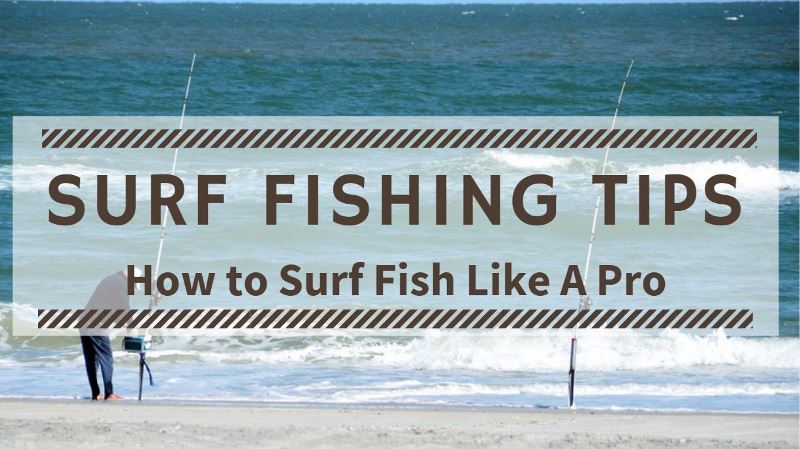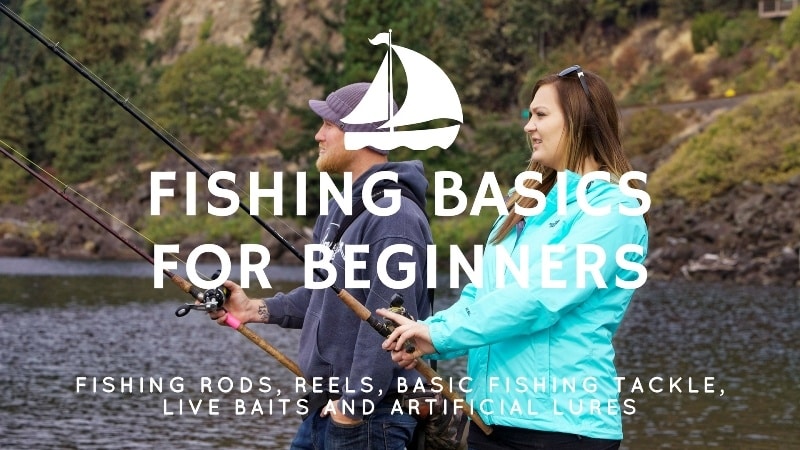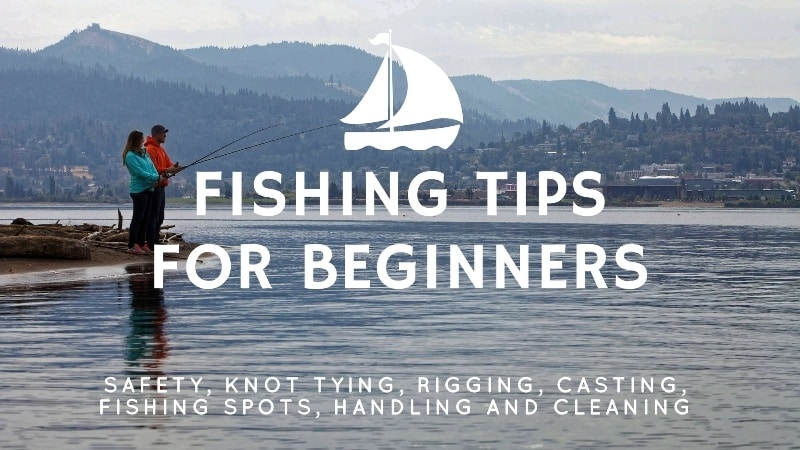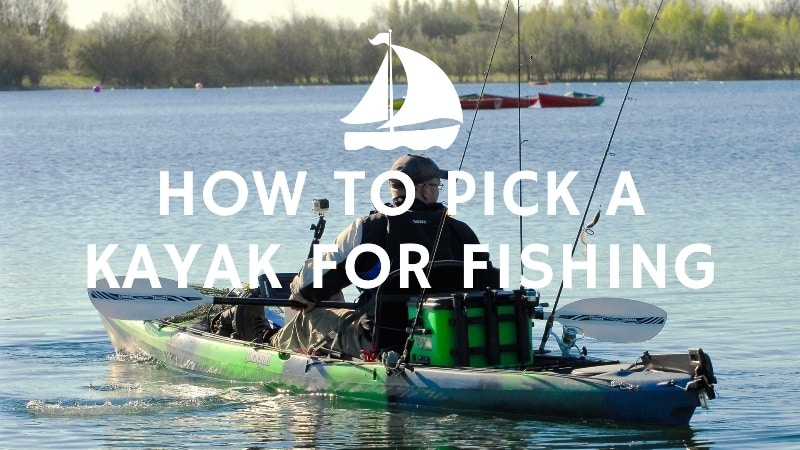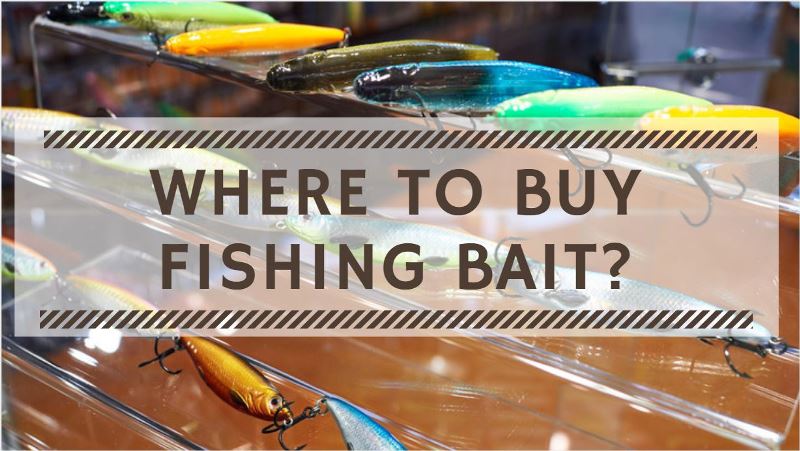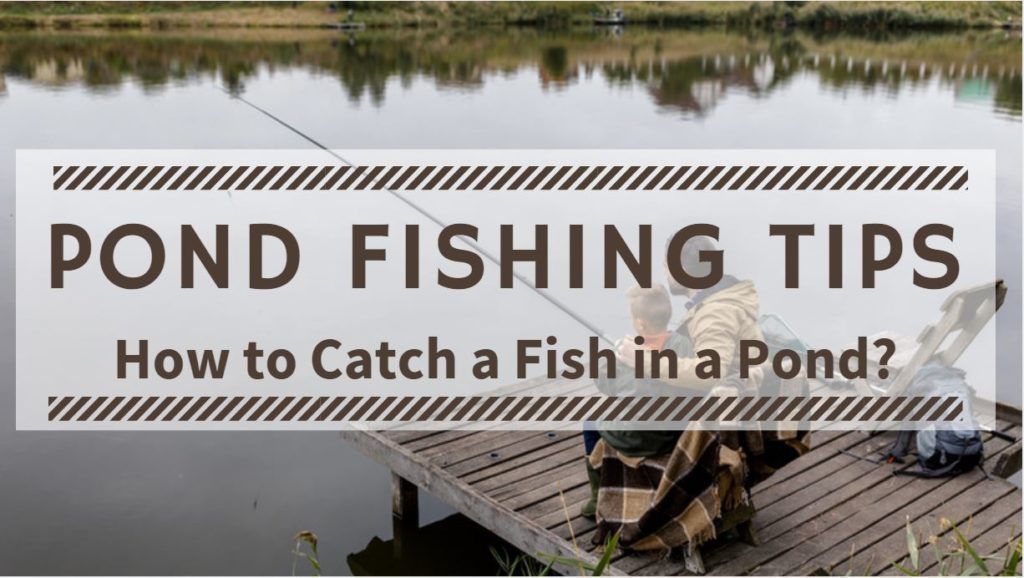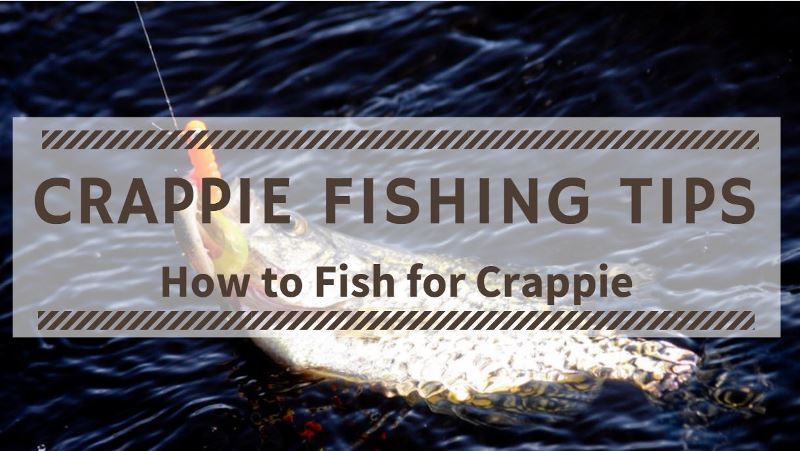Welcome to our guide on Surf Fishing Tips. We have written this guide to help beginners get started with Surf Fishing. But even if you have some experience with Surf Fishing, you will find some advanced tactics and strategies to improve your skill. Read on for some exclusive Surf Fishing Tips & Techniques to help you learn How to Surf Fish Like A Pro.
I can only assume that you have at one time wondered what tips and techniques are used to catch fish off the shore. And it is not just about catching fish, but about knowing exactly when and where to cast.
In this guide, I will cover these surf and shore fishing tips:
- What is Surf Fishing?
- Surf Fishing Equipment
- Surf Fishing Tackle
- Where to Cast when Surf Fishing?
- What is the Best Time to Surf Fish?
- How to Surf Cast?
- Safety On The Beach
What is Surf Fishing?
Let us first understand what is surf fishing. Surf fishing or shore fishing is the sport of catching fish while standing on the shore or wading in the surf. This can be done on sandy beaches, rocky beaches, fishing piers, or rock jetties. Surf fishing may at times be referred to as surfcasting or beach casting. It is mostly limited to saltwater bodies.
A wide variety of fish can be caught right off the shore. These include bluefish, redfish, black drum, blackfish, flounder, sea trout, bonito, tuna, mackerel, snook, stripers, and tarpon. Surf fishermen use both live bait and artificial lures to attract fish.
Surf fishing is an easy-to-learn sport. But you must take care with regards to waves and undertows as these may cause injury or even death to the surf fisherman. To get started, you will need to learn some basic surf fishing techniques, such as the ideal location to fish, what season harbors the most fish and what tackle to use.
Surf Fishing Gear and Equipment
Let me first introduce you to surf fishing equipment including surf fishing rods, surf fishing baits, and surf fishing tackle. High-quality gear will serve you best and you will not have to make replacements every other time.
Surf Fishing Rods and Reels
Surf fishing requires the fisherman to cast a bait or lure as far from the shore as possible, to be able to reach the target. You can pick one of the Best Surf Fishing Rods to help you cast farther.
As a beginner, it may not be necessary to go to the extent of purchasing rods with different lengths and actions. A good rod for beginners is one which has an extended butt section, fitted with a conventional casting reel.
You will also need a reel, line, and bait – to lure the fish. If you are surf fishing in saltwater, choose fishing reels that are resistant to the corrosive action of sand and saltwater. You can check out our pick of the Best Saltwater Spinning Reel Under 200 to help you buy a top-rated saltwater fishing reel.
Surf Fishing Tackle
The bait goes hand in hand with the terminal tackle. This includes all the equipment at the far end of the line, such as hooks, swivels, lines, and leaders. The size and shape of the terminal tackle depend on the size and species of fish you are looking for.
You should start with a two-hook basic leader, with a four-ounce pyramid sinker and Kahle hooks. The Kahle hooks partially set themselves when fish bite; very helpful if you are just starting on this trade.
Baits and Lures
The ideal bait for surf fishing is live bait. There are several types and your choice of live bait will depend on the kind of fish you are after.
I have found the most successful live baits to be squids, mole crabs, sandworms, ragworms, shrimp, bloodworms, and mullets. These will normally be available at local bait and tackle shops near the beach, which you can easily purchase. If you plan to fish with a baitcasting rod, then these are some of the top-rated and affordable baitcasting rods you can check out.
You may also want to try out artificial lures. There is a wide variety of these to choose from, including spoons, plugs, soft plastics, and jigs. It is best to start with plugs. You can buy fishing baits from local bait and tackle shops, at fishing tackle expositions, or from online tackle dealers.
Fishing Waders
Aside from the basic fishing rod and line, you will need other equipment to improve your comfort and convenience on the beach. For instance, you may use a wader to help you gain some distance from the shore to reach more fish.
The best fishing waders are the full-length, chest-high waders which can provide protection against a pounding surf as high as a hip length. If you need help purchasing fishing waders, you can read some fishing waders reviews.
The waders also serve as improved footing, to protect the feet and legs from sharp objects that are usually littered on the beach. They also protect from biting fish and crustaceans and if a dip in the chilly waters doesn’t take your fancy, then the waders will do you good.
You can choose from two types of waders, integrated boot waders or stocking foot waders. The stocking foot models may allow sand and rock to reach your feet so, you may prefer the integrated boot waders. In case you are fishing from a slimy rock jetty with a lot of moss, you should consider purchasing cleated boots. These will enhance safety and improve your footing.
How to Prepare for Surf Fishing
A single set of surf fishing equipment will not always last throughout your session. Think of it this way – what if your line breaks or you lose your bait or the fishing rod cracks? It would be disappointing to cut the surf fishing trip short, especially when you have not caught enough fish.
To avoid such inconveniences, it would be wise to carry at least two rods, plenty of bait, a variety of tackle, and an assortment of tools. These include extra rigs, hooks, sinkers, and the Best Copolymer Fishing Line.
You can also use an extra small rod to cast closer to the shore as you wait for a catch on the bigger rod.
Do not forget to bring along a sand spike for each rod. A sand spike is driven into the sand to hold the rod. The most common are made of sharpened PVC pipes and are very effective in keeping the reels out of the sand and saltwater, which can be slowly damaging.
The dynamic nature of surf fishing may also force you to carry items like a knife, bucket, hook remover, and container for your bait. The container should be cool enough to preserve the bait for a long time. To move along with this gear on the beach, consider investing in a tackle box and pack frame.
As you will eventually discover, the best time for surf fishing is during the night, due to the nocturnal nature of many target species. You may need to carry your headlamps, flashlights, or light sticks. Also, I suggest you carry a personal inflatable life vest.
Where to Cast when Surf Fishing
With all the surf fishing equipment now in place, you will need to know where to surf fish. It is important to remember that not all the areas along the beach abound in fish. But first, conduct a reconnaissance survey of the beach during low tide.
Walk along the beach and make note of the following:
- Note the location of hollows, banks, gullies, and other structures
- Note the changes in the seabed, whether it is sand, mud, or shingle
- Identify certain spots that are filled with shellfish, cockles, Razorfish, and mussels
- Locate the rough grounds and patches of weed
- Identify any obstructions that may interfere with your tackle
- Investigate the contour of the seabed by casting a bare lead without hooks
Keeping these notes in mind, make sketches of the beach in your notebook. This will prove very helpful as you start your surf fishing. You can also ask the locals for the best places to fish. The local fishing bait and tackle shops may also give you helpful tips on where you can catch fish easily.
Even with the above information, you will still have to be careful when surf fishing. When high tides hit the shore, the sandbanks and gullies may shift. Storms may also destroy shellfish beds and the high tides may cover most of the features you noted during the reconnaissance survey even more so.
Do not let this dissuade you. A clever way would be to take a closer look at the surf. The different patches of surf may look identical but, you will note the difference where the water swirls around a submerged rock.
A fish holding gulley may be indicated by a smooth flat sea. On the contrary, short-breaking seas will tell you that is a shallow sandbank. Those differences will be distinctive and will need to be picked up.
What is the Best Time to Surf Fish
Now you know where to surf fish, let us now discuss when to surf fish.
Weather
The first thing you will need to watch is the weather. Offshore wind may entice you to cast your bait – for the simple reason that it is easy to make long casts.
Such winds, however, coupled with high atmospheric pressure actually calm the sea and cause the fish to hang out in deeper waters during daylight hours.
The fish may linger there till darkness comes. On the other hand, fierce winds and low atmospheric pressure may attract fish close to the shore during the daytime.
Tides
You should also be on the lookout for tides. By experience, surf fishing is best undertaken two hours before the high tide or two hours after the high tide. The period of the high tide itself may not be good for surf fishing.
Let us assume that the high tide arrives at 10.00 am, it would not be wise to go surf fishing between 9.30 am and 10.30 am. The best time to fish would be between 7.30 am and 9.30 am when the tide is flooding the shores, and between 10.30 am and 12.30 pm when the tide is ebbing.
Time of the Day
Fish also prefer feeding in low light conditions, so this renders the mid-morning and afternoon hours poor fishing times.
Instead, go surf fishing at dawn and dusk. With this said the most prolific time to fish is obviously when the high tide occurs at dusk or dawn. You can readily get this information from a set of tide tables.
Spring Tide
Do watch out for spring tides – they are known to be prolific periods for surf fishing. They occur when the Earth, sun, and moon are in line in such a way that the gravitational forces of the sun and moon together, create maximum tides on Earth. Spring tides come around two days after the full moon and a new moon.
One more sign to consider is bird activity. If you notice pelicans, diving seagulls, and other seabirds, you can be sure that there are numerous fish in the water.
How to Surf Cast
There are many different types of fishing rods and reels out there. Fishing rods used in surf fishing are normally long – up to 18 feet.
You may need to use both hands to cast as far into the waters as possible. This helps to reach the exact places where the fish are feeding.
You should try to match your rod with a quality fishing reel for the best results. Although saltwater reels tend to be more expensive, you can pick one of the Best Saltwater Spinning Reels Under 100 if you don’t want to spend a ton.
As a beginner, the first thing to work on is distance and accuracy. Attach the sinker to the end of the line and bring it down until it hits the bottom. Wait for a few minutes to ensure the sinker is stuck in the sand at the bottom of the sea.
Hold the rod to be able to notice the difference when the fish will bite and keep your eye on the tip of the rod to detect any movement. This may signal a potential strike and the fish may take a few nibbles on the bait before taking it in. Once the fish takes the bait, set the hook as fast as you can.
Before reeling the line in, allow a little time for the fish to fight. This will give you a sense of how big the fish is and accordingly, you can adjust the drag so that it does not break your line.
Finally, I would suggest you resist that urge to overcast. It is not all about who can cast the furthest. It may be good, but not very necessary. Improve your technique gradually and with time you will achieve super-long surfcasting effortlessly.
Safety On The Beach
While you are on the beach, safety is most important. Remember to watch out for swimmers around the area you are surfcasting, so that you do not injure them with your razor-sharp hooks.
The strong waves and undertows may prove dangerous if you are not careful. Make it a habit of informing your loved ones of when and where you are going to fish, including when you plan to return. Always carry a fishing rain suit to save yourself from getting wet in case it rains.
Conclusion
I am sure you will not be the only one surf fishing on the beach, whichever day and time you choose. Feel free to talk to fellow surf fishermen and ask any questions you may have.
I hope these surf fishing tips have shed enough light on surf and shore fishing to help you. Do not hesitate to share these tips with other surf fishermen and enjoy your new sport!
Last Updated on December 9, 2023 by Victor Mays
